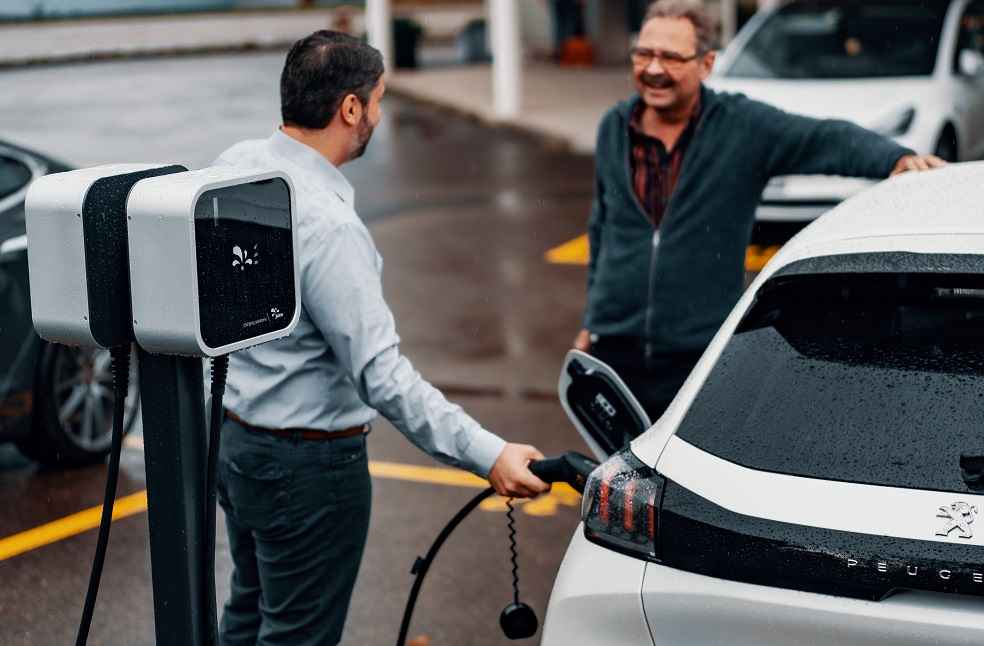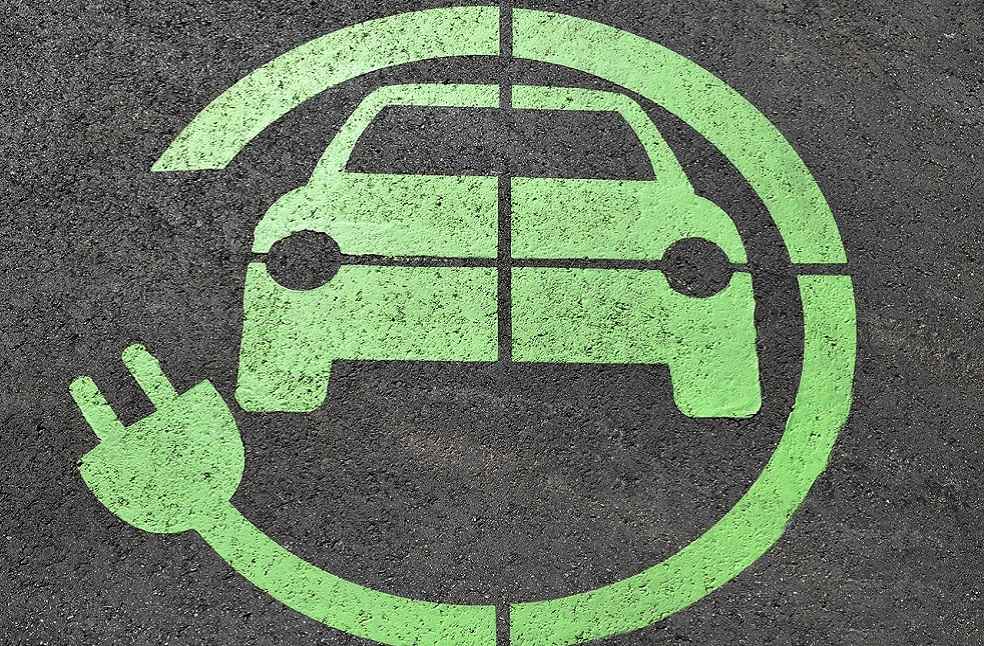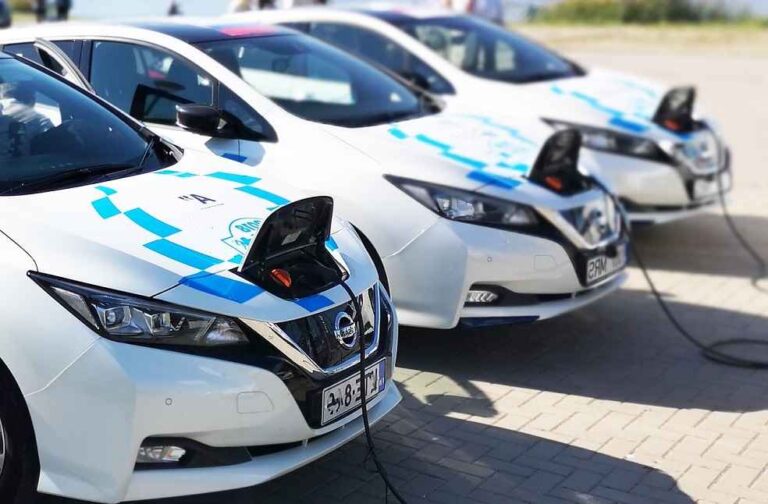A new study in the journal Environmental Science & Technology by the University of California, Berkeley researchers has found significant environmental risks associated with the production of electric vehicle (EV) batteries, such as water and air pollution and deforestation due to the mining and processing of raw materials.
The study’s authors estimate that the production of a single EV battery can generate up to 100 kilograms of hazardous waste and release up to 25 kilograms of carbon dioxide into the atmosphere. They also found that the mining of cobalt, a key component in EV batteries, is often associated with child labor and human rights abuses.
“The production of EV batteries is not without its environmental costs,” said lead author of the study, Dr. Sarah Jordaan. “We need to be aware of these costs and take steps to mitigate them as we transition to a more electrified transportation system.”
The studies come at a time when demand for these is increasing rapidly. According to Counterpoint Research’s latest Global Passenger Electric Vehicle Tracker, Q2 2023 battery electric vehicle (BEV) unit sales are up 50%, driven by emerging markets across Western Europe, North America and Asia.

Canalys estimates that EVs will account for 18% of the total market in 2023, with global sales exceeding 14 million units, a 39% increase from 2022. Tesla leads the global BEV market with high EV penetration. It grew 65% year-on-year, selling 935,000 units of EVs in H1 2023 compared to 565,000 units in H1 2022.
The study’s authors recommend a number of steps that can be taken to reduce the environmental impact of EV battery production, including:
- Using renewable energy to power battery factories
- Recycling and reusing EV batteries
- Developing new battery technologies that use less harmful materials
Industry Response
The EV battery industry has responded to the study’s findings by saying that they are working to reduce the environmental impact of battery production. Many battery manufacturers are now using renewable energy to power their factories and are investing in recycling and reuse programs.

However, some critics argue that the industry is not doing enough to address the environmental risks associated with battery production. They point out that the demand for EVs is expected to grow significantly in the coming years, and that this will lead to a corresponding increase in the production of batteries.
The environmental hazards of EVs are lower than those of fossil fuel cars. However, it is important to consider the full life cycle of an EV, including the production, charging, and disposal of the battery, when evaluating its environmental impact.
Here is a table that summarizes the key environmental hazards of EVs and fossil fuel cars:
| Environmental Hazard | EV | Fossil fuel car |
|---|---|---|
| Tailpipe emissions | No | Yes |
| Greenhouse gas emissions | Lower | Higher |
| Air pollution | Lower | Higher |
| Water pollution | Lower | Higher |
| Land degradation | Lower | Higher |
Footnote
The environmental impact of EV battery production is a complex issue. On the one hand, EVs offer a number of environmental benefits, such as reduced greenhouse gas emissions and improved air quality. On the other hand, the production of EV batteries can lead to water pollution, air pollution, and deforestation.

It is important to weigh the environmental benefits and drawbacks of EVs when making a decision about whether or not to purchase one. It is also important to support companies that are working to reduce the environmental impact of battery production.
EDITORS’ PICKS | Royal Enfield: Fueling the Passion of Asian Youth





